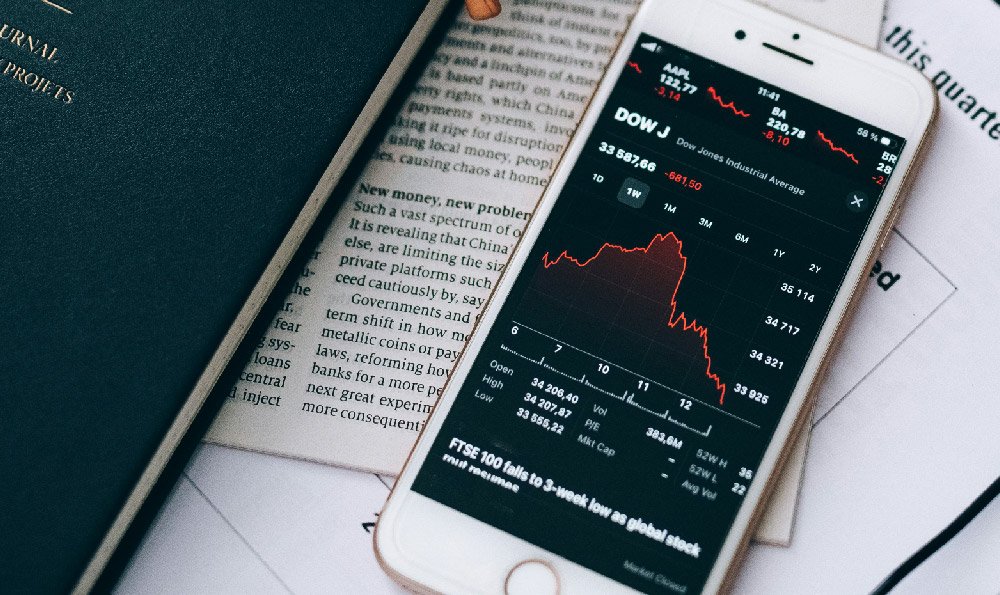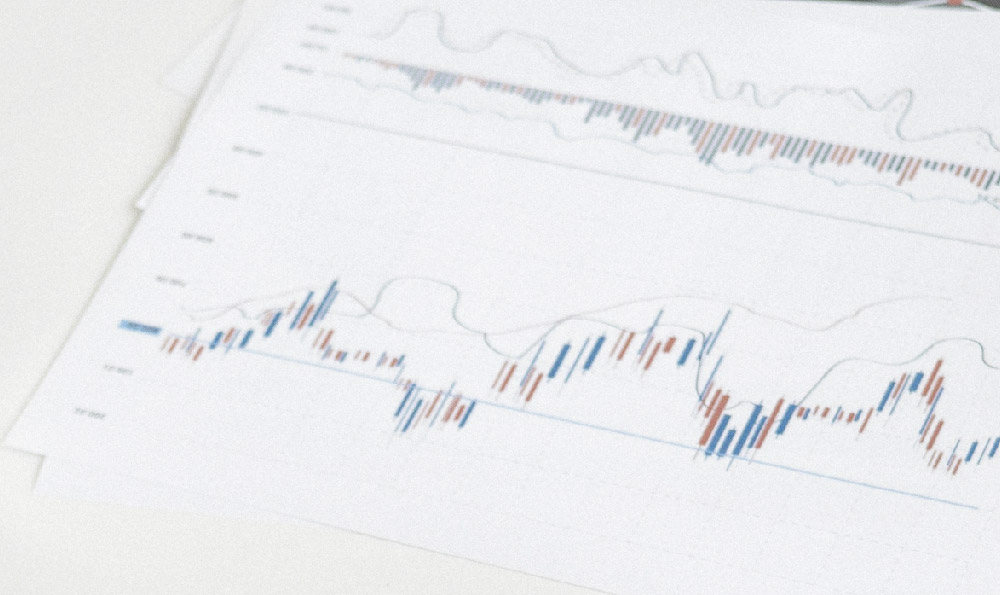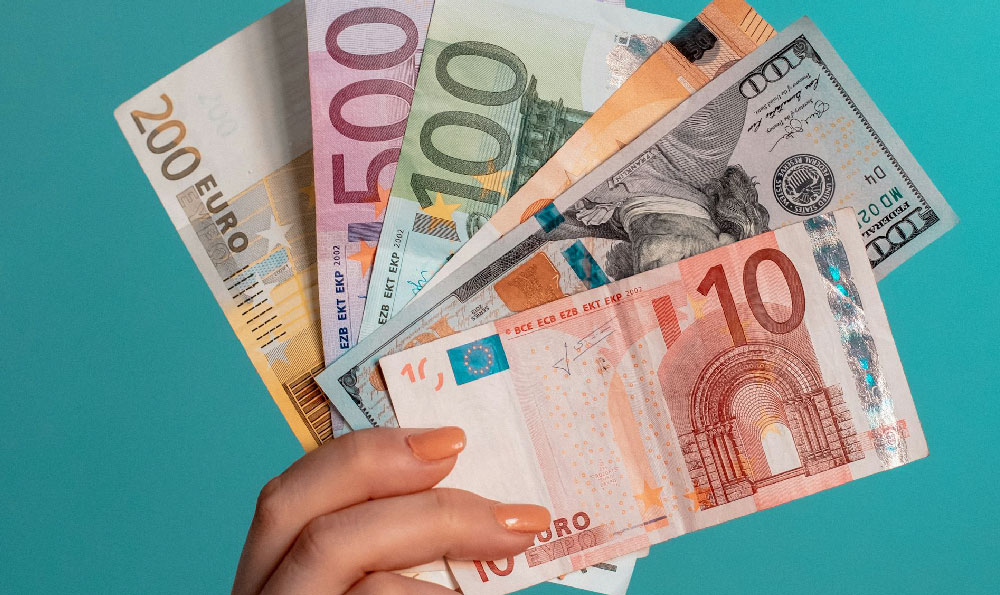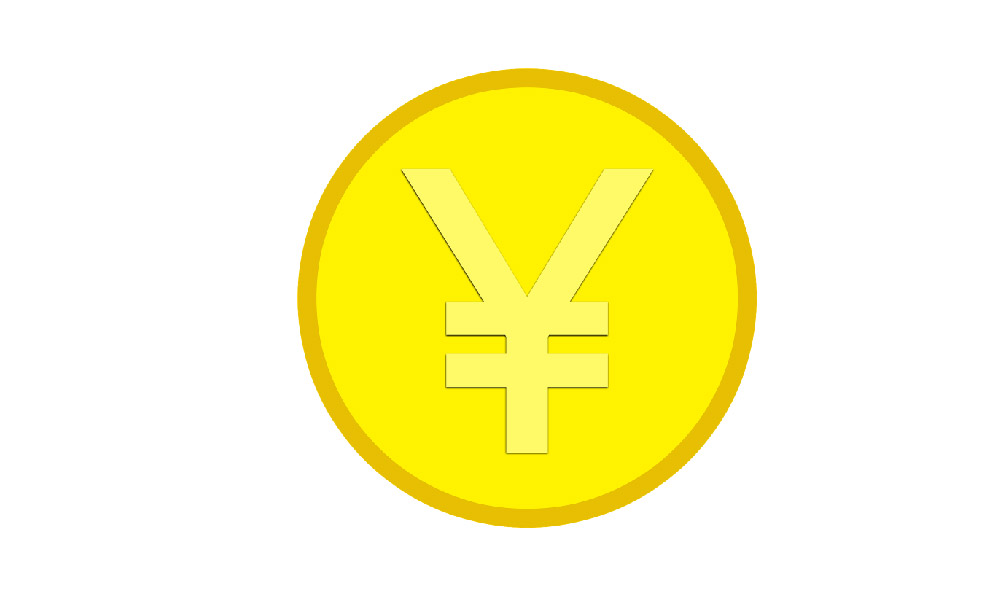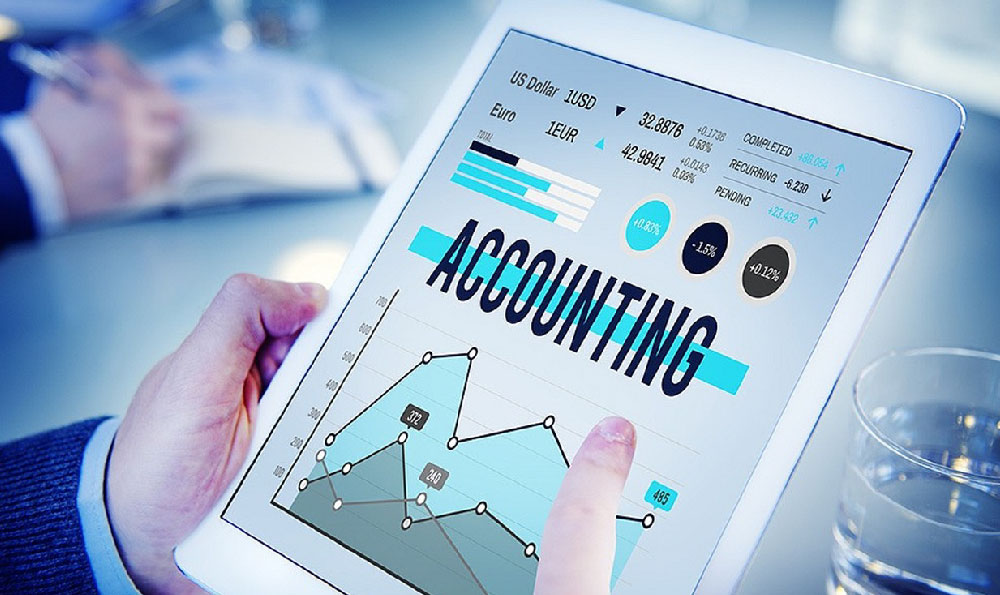How to Create a Money Order? & Where Can I Get One?

Creating a money order is a relatively straightforward process, but understanding the steps involved and where to obtain one is crucial for ensuring a smooth and secure transaction. Money orders serve as a reliable alternative to cash or personal checks, especially when dealing with individuals or businesses you don't know well, or when a check isn't accepted. They provide a verifiable payment method and offer a layer of protection against fraud, as they cannot be easily altered or cancelled after issuance.
The initial step in creating a money order is to locate a reputable issuing agent. Several options are readily available, catering to varying needs and preferences. The United States Postal Service (USPS) is perhaps the most widely recognized and accessible option. Post offices across the country offer money order services, often with competitive fees and readily available customer support. Beyond the USPS, many banks and credit unions also issue money orders to both members and non-members, although the fees might differ depending on your account status. Furthermore, retailers like Walmart, Western Union, and MoneyGram provide money order services, typically found at their customer service desks. Each of these issuers will have specific procedures and fee structures, so it's worthwhile to compare the options available in your local area to determine the most cost-effective and convenient choice.
Once you've selected an issuing agent, you'll need to gather the necessary information and payment. Before heading out, it's prudent to confirm the exact name and address of the payee – the person or entity you are paying. Accuracy is paramount to ensure that the money order is properly processed and delivered to the intended recipient. Next, you will need to determine the exact amount you wish to send. Most issuers have a maximum limit for money orders, typically around $1,000. Be prepared to pay the money order amount plus the issuer's fee, which usually ranges from a few dollars to a slightly higher amount depending on the provider and the money order value. Accepted payment methods are typically cash, debit cards, or traveler's checks. Credit cards are rarely accepted due to the associated fees charged to the issuer.

Upon arriving at the issuing location, request a money order form. This form will require you to fill in several key pieces of information. Clearly write the payee's full name and address in the designated spaces. Double-check the spelling and accuracy of this information, as any errors could lead to delays or rejection of the money order. In the "From" or "Purchaser" section, enter your own name and address. This is crucial for tracking purposes and will allow the payee to identify who sent the payment. You might also be asked to provide your phone number. In the payment section, carefully write out the money order amount in both numerals and words. This serves as a safeguard against discrepancies and ensures the correct amount is processed. Finally, sign the money order in the designated area.
After completing the form and submitting your payment, the issuer will process the money order and provide you with a receipt. This receipt is a critical document that you should keep in a safe place. It contains the money order number and other essential details that you will need to track or replace the money order if it is lost or stolen. The receipt also serves as proof of purchase in case of any disputes.
To ensure maximum security and peace of mind, consider making a photocopy of the completed money order before handing it over to the payee or mailing it. This provides an additional record for your files and can be invaluable if you need to initiate a trace or replacement. It is also advisable to send the money order via certified mail or with delivery confirmation, especially if dealing with a significant amount or an unfamiliar payee. This provides you with proof of mailing and verification that the money order was received by the intended recipient.
Regarding where to obtain a money order, the previously mentioned options – USPS, banks, credit unions, Walmart, Western Union, and MoneyGram – represent the most common and readily accessible choices. The USPS offers a reliable and widely available option, with fees generally being quite competitive. Banks and credit unions offer money orders as part of their financial services, and their fees may be lower for account holders. Retailers like Walmart, Western Union, and MoneyGram provide convenient options, especially for those who may not have access to a bank or credit union. It is always a good idea to compare the fees and services offered by different providers before making a decision.
In conclusion, creating a money order is a simple process that provides a secure and verifiable payment method. By carefully following these steps – selecting a reputable issuer, completing the form accurately, retaining the receipt, and taking precautions to track delivery – you can ensure a smooth and successful transaction. Whether you opt for the USPS, a bank, or a retail provider, understanding the process and taking necessary safeguards will protect your financial interests and provide peace of mind. Remember that vigilance and proper documentation are key to navigating financial transactions safely and effectively.
